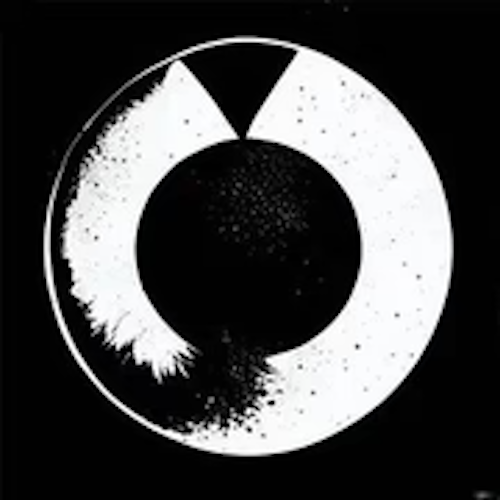
Step-by-Step Guide to Reverse Engineering Your First Product
Share
At Technast, we appreciate the art and science of reverse engineering. It's a vital process that drives our advanced design and manufacturing services across Canada, particularly in Toronto, Mississauga, and the Greater Toronto Area (GTA). In this article, we'll guide you through the step-by-step process of reverse engineering your first product.
What is Reverse Engineering?
Reverse engineering is the process of dissecting a product to understand its components, design, and functionality. It's often used for product improvement, innovation, and troubleshooting. Our luxury biomorphic style and advanced design approaches often involve elements of reverse engineering.
The Step-By-Step Guide
- Step 1: Start with the end in mind. Define the purpose of your reverse engineering project. This could be to improve a product, replicate it, or integrate it with other systems.
- Step 2: Disassemble the product carefully. Document each part and its function.
- Step 3: Analyze the design. At Technast, we use futuristic 3D printing technology to create intricate models for high-end retail and scientific use.
- Step 4: Rebuild the product digitally. This might involve 3D printing, resin prints for jewelry prototyping, or even developing native mobile apps with AI and IoT integration for custom workflows.
- Step 5: Test the new product and make necessary improvements.
Whether it's for super-fast repair of automation systems (including capping, labeling, filling machines), creating fully customizable, glow-in-the-dark license plate frames, or jewelry prototyping with resin prints and cast-ready prep, Technast is your go-to source for fast, professional service.
Ready to start your first reverse engineering project? Contact us today!
